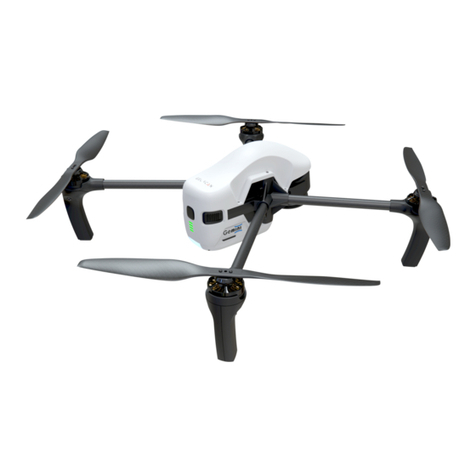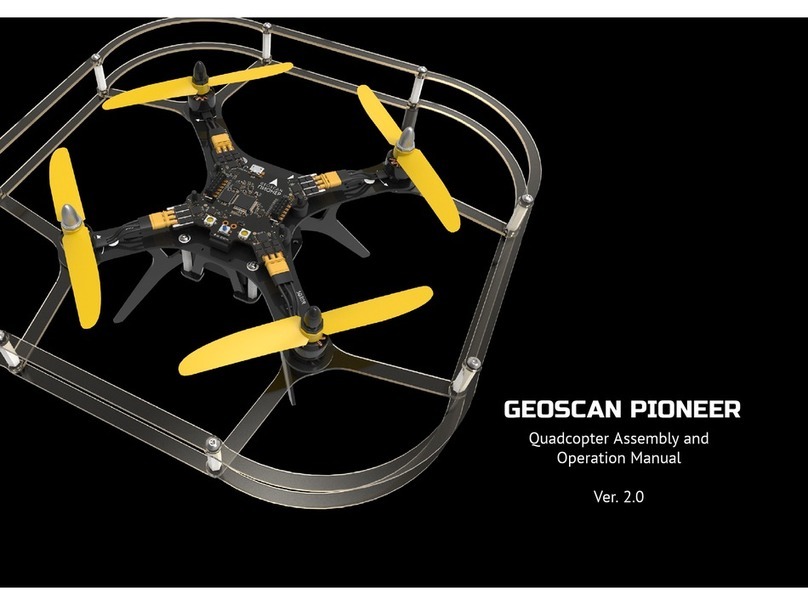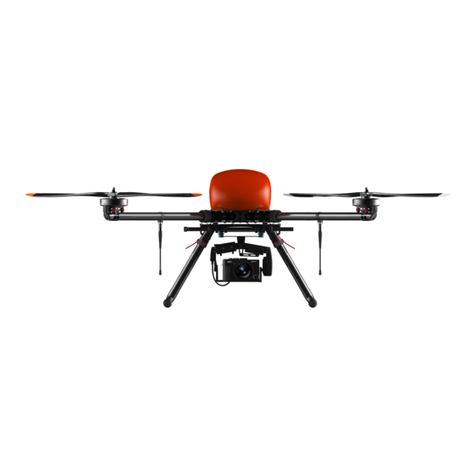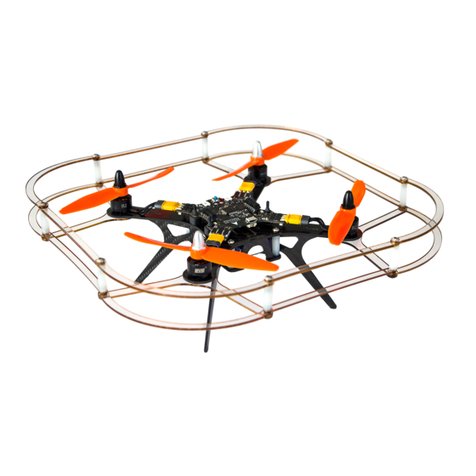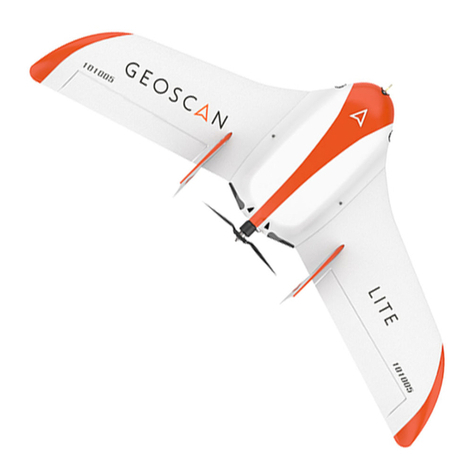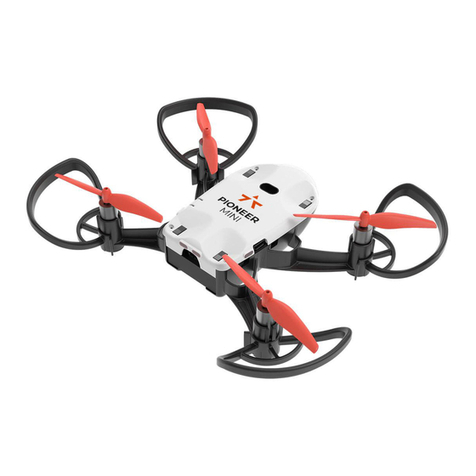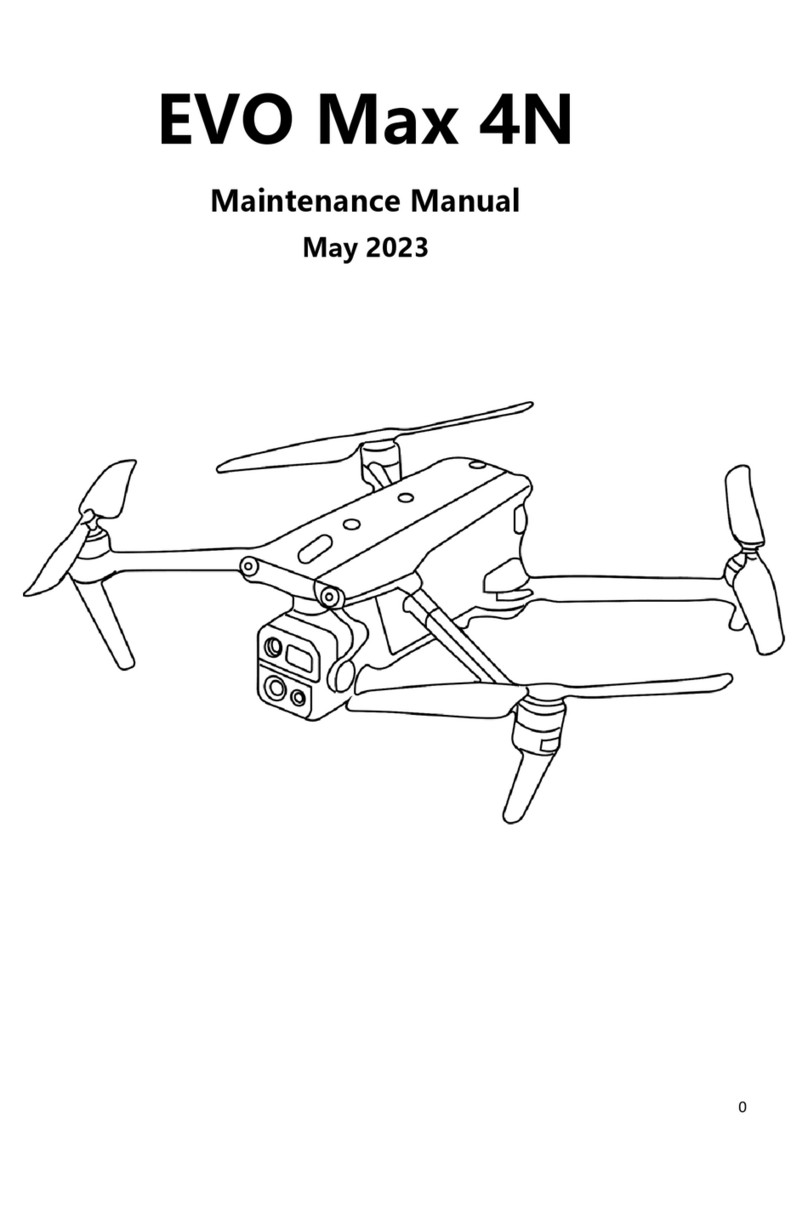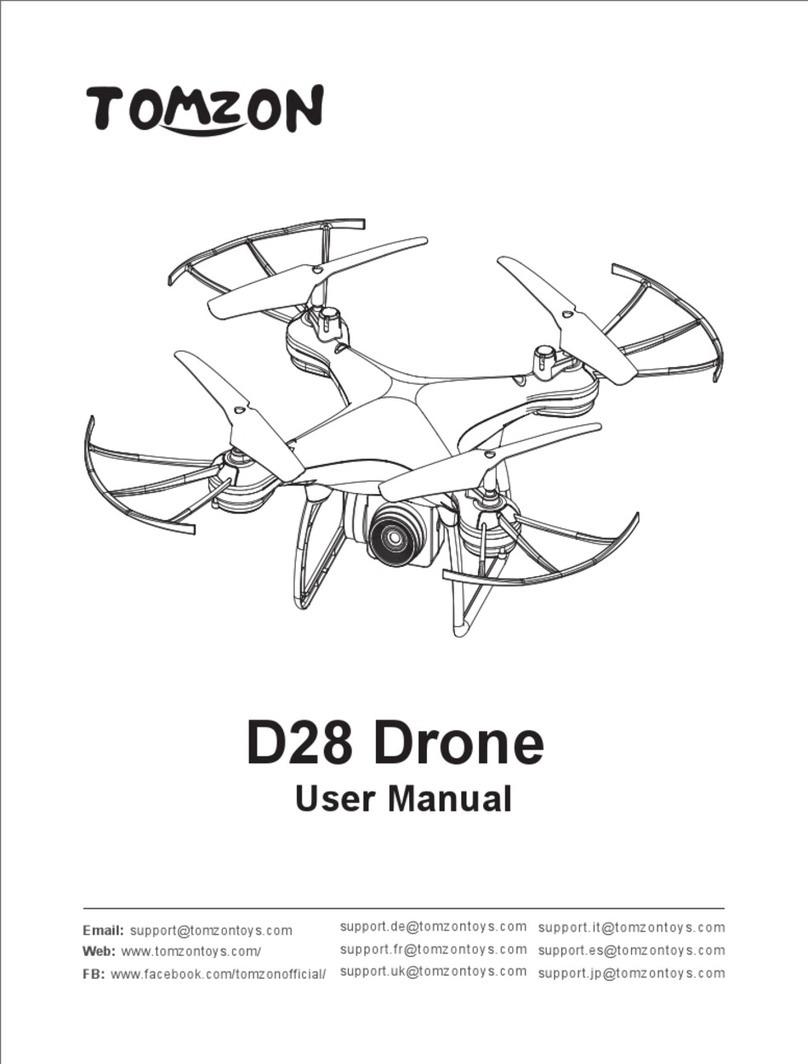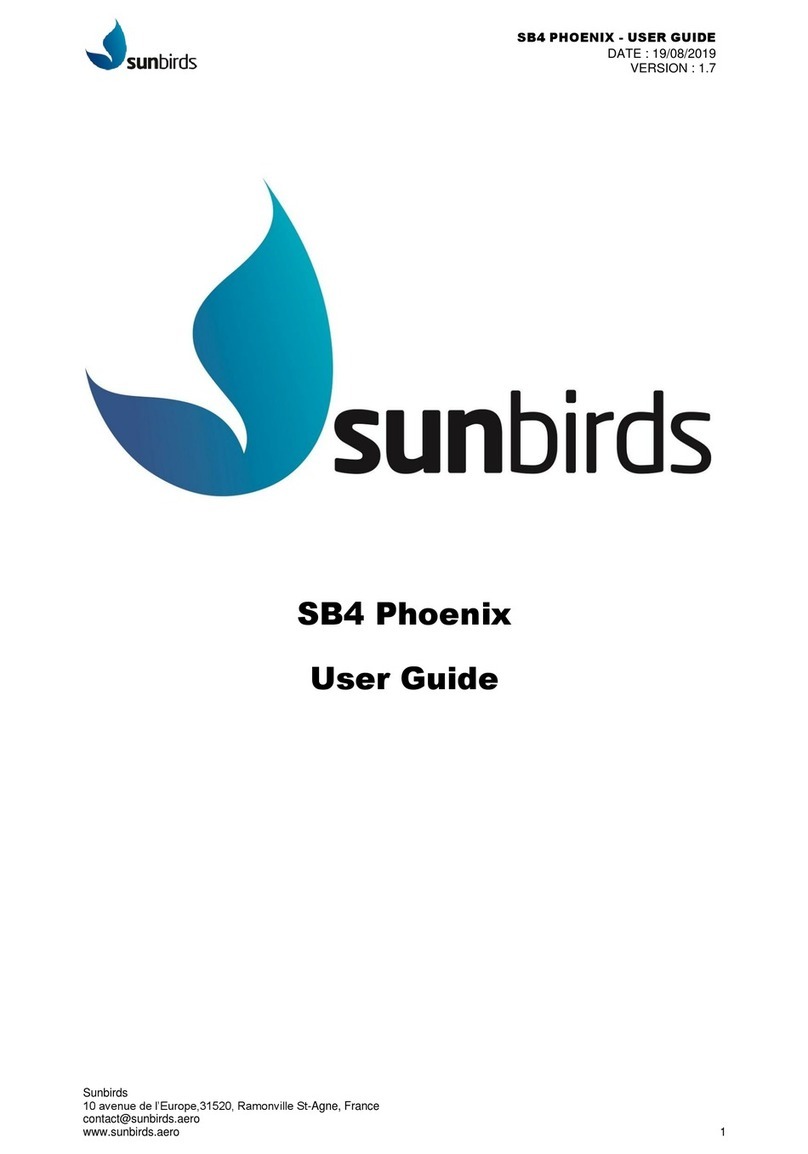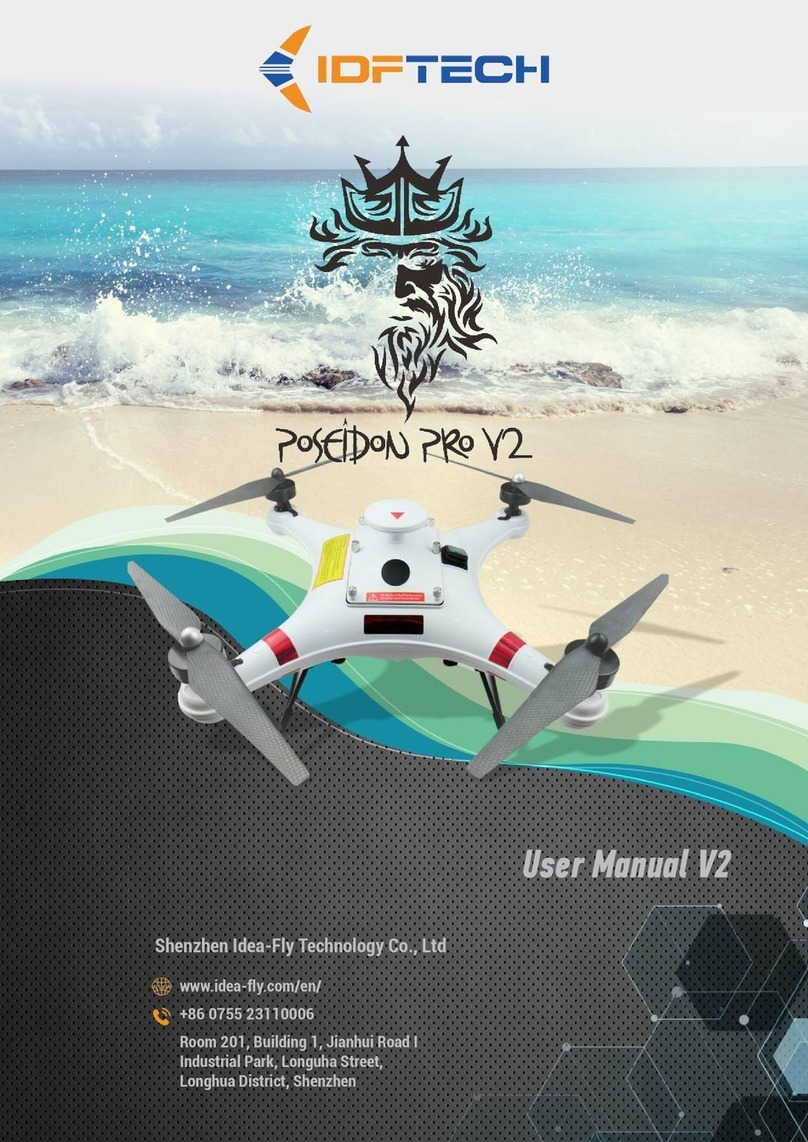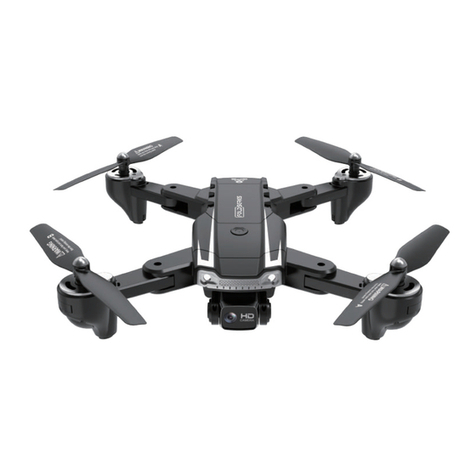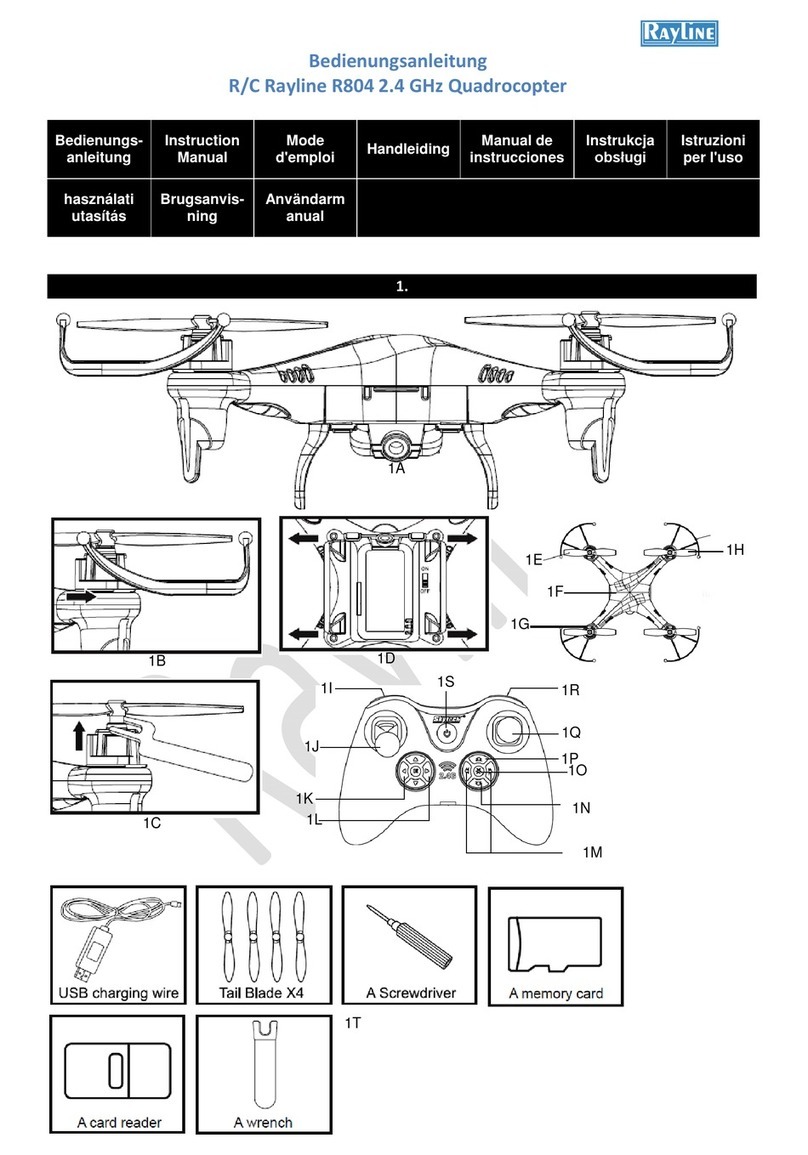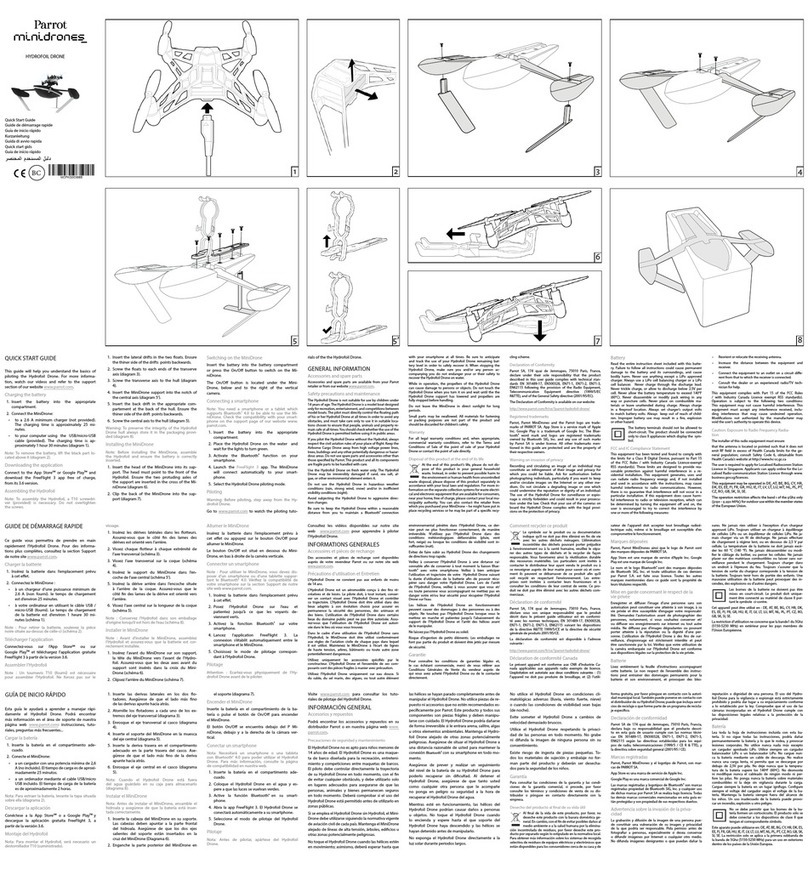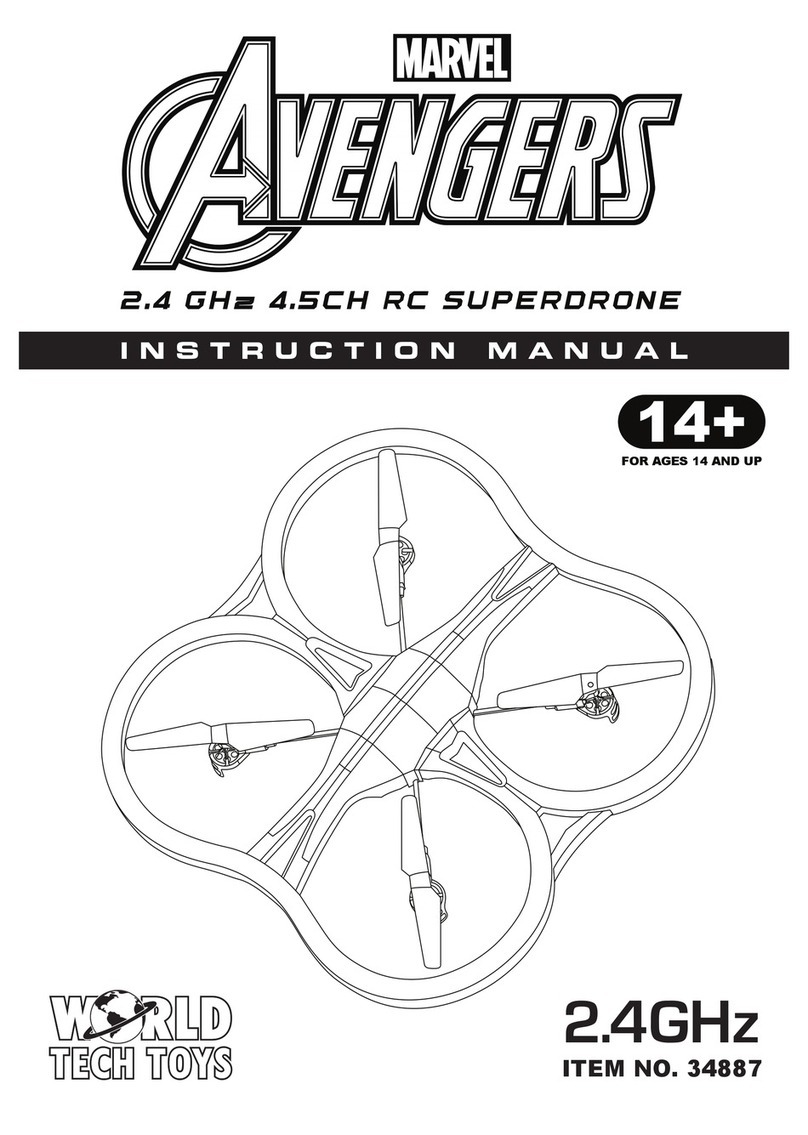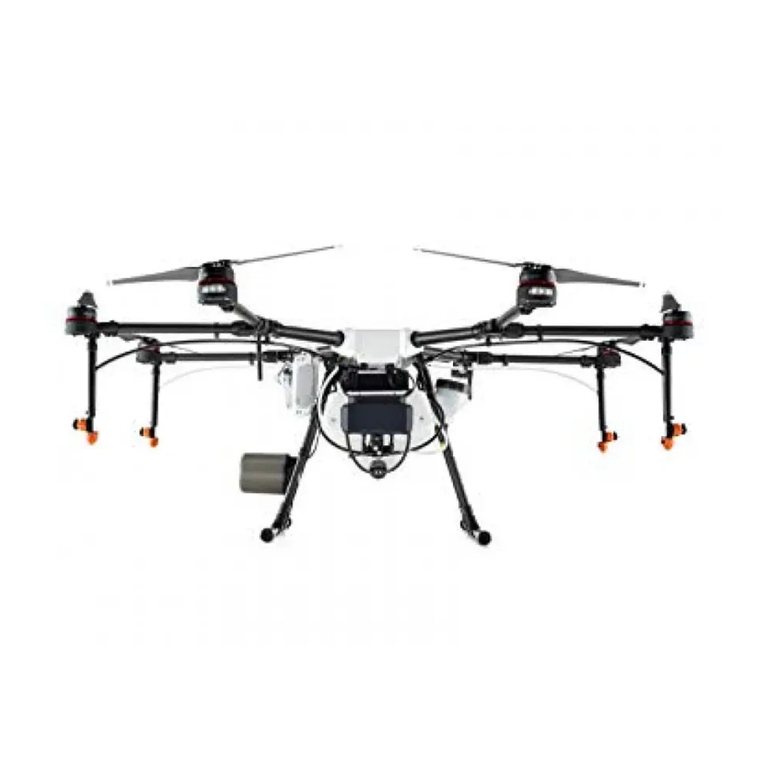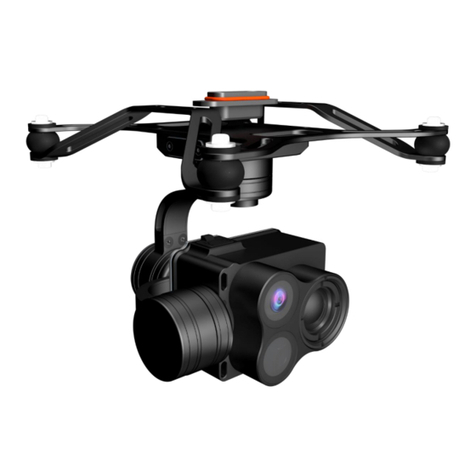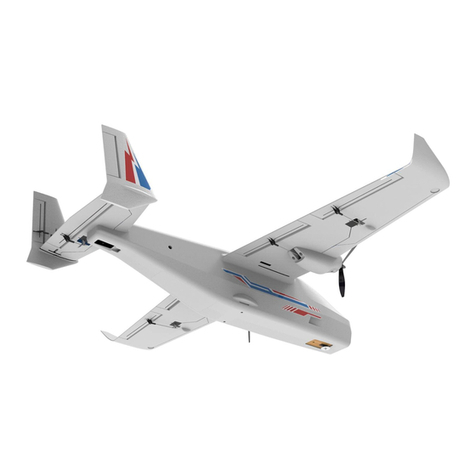Geoscan 201 User manual

Geoscan 201
User Manual
Updated on November 8, 2021

Contents
Introduction 5
Abbreviations 6
Main Information 7
Kit............................................. 8
MaintenanceService.................................. 9
Storage.......................................... 9
Safety Rules 10
UAV Assembly 12
Parts ........................................... 12
Assembly ........................................ 13
Parashute ........................................ 17
ParachuteFolding................................ 18
Parachute Installing . . . . . . . . . . . . . . . . . . . . . . . . . . . . . . . 23
Launcher 27
StandardLauncher................................... 27
Parts........................................ 27
Rules of Rubber Cords Use . . . . . . . . . . . . . . . . . . . . . . . . . . . 28
Assembly ..................................... 29
Preparation to UAV Launch . . . . . . . . . . . . . . . . . . . . . . . . . . 33
ArcticLauncher..................................... 34
Rules of Springs Use . . . . . . . . . . . . . . . . . . . . . . . . . . . . . . 34
Assembly ..................................... 35
Arctic Launcher Preparing to Start . . . . . . . . . . . . . . . . . . . . . . 43
Camera Settings 44
Sony DSC-RX1RM2 Digital Camera . . . . . . . . . . . . . . . . . . . . . . . . . 44
MainParts .................................... 44
Presets....................................... 45
2

PresetsRestoring ................................ 46
SDCardFormatting............................... 47
SettingsReset .................................. 48
Sony DSC-RX1 Digital Camera . . . . . . . . . . . . . . . . . . . . . . . . . . . . 49
MainParts .................................... 49
CameraSettings................................. 49
SDCardFormatting............................... 51
SettingsReset .................................. 51
Sony A6000 Digital Camera . . . . . . . . . . . . . . . . . . . . . . . . . . . . . 52
MainParts .................................... 52
CameraSettings................................. 52
SDcardFormatting............................... 53
MicaSense RedEdge-MX Camera . . . . . . . . . . . . . . . . . . . . . . . . . . 54
Parts........................................ 54
LEDIndication.................................. 55
CameraSettings................................. 55
BeforePowerOn............................ 55
Pre-launch Check . . . . . . . . . . . . . . . . . . . . . . . . . . . . 56
Calibration................................ 57
Flight Project Settings . . . . . . . . . . . . . . . . . . . . . . . . . . . . . 59
MetadataSync.................................. 60
Cameras’Offsets .................................... 63
Battery and Charger 65
SafetyRules....................................... 65
BatteryCharger..................................... 66
ControlUnitParts................................ 66
Setup ....................................... 67
LiPoBattery....................................... 68
Control and Indication . . . . . . . . . . . . . . . . . . . . . . . . . . . . . 68
Battery Heating (for «Arctic» Battery) . . . . . . . . . . . . . . . . . . . . 69
BatteryConnecting................................... 70
Recommendations for Battery and Charger Using . . . . . . . . . . . . . . . . 70
BatteryRecycling.................................... 70
Geoscan Planner Software 71
System Requirements . . . . . . . . . . . . . . . . . . . . . . . . . . . . . . . . . 71
NewProject....................................... 72
AerialSurveying................................. 73
LinearSurveying................................. 77
Hop............................................ 78
WaitingPoint ...................................... 79
LandingPoint...................................... 81
3

Connection Settings . . . . . . . . . . . . . . . . . . . . . . . . . . . . . . . . . . 82
Radio Modem Connection . . . . . . . . . . . . . . . . . . . . . . . . . . . 82
UAV Connecting to Geoscan Planner . . . . . . . . . . . . . . . . . . . . . 84
Pre-launchCheck.................................... 85
Flight........................................... 86
Landing ......................................... 87
Launch 88
UAV Disassembly 90
Appendix 91
Specications...................................... 91
4

Introduction
Thank you for choosing Geoscan 201 UAV!
This manual is designed to describe UAV structure and the operating rules.
Carefully read this manual before UAV using.
If you have any questions about UAV, technical service and repair, please contact our
support: https:// www.geoscan.aero/ en/ support.
We always glad to help you and answer any questions about our products.
The information, specications and pictures in this manual are relevant at the time
of publication. Geoscan Group may change the UAV design or specications without
prior notice.
Do not make any changes to UAV structure by yourself. Any UAV damages or de-
graded specications caused by structure changes are not covered by the warranty.
We always work to make our products better and add new features. You can always
download the newest version of this manual from our website:
https:// www.geoscan.aero/ en/ products/ 201
This mark highlights important information and recommendations. It is
necessary to follow these instructions for people and UAV safety.
5

Abbreviations
GNSS Global Navigation Satellite System
UAV Unmanned Aerial Vehicle
USB Universal Serial Bus
6

Main Information
Geoscan 201 is an aerial survey system which consists of unmanned aerial vehicle
(UAV), launcher and ight planning software.
The system is designed for geolinked photography of objects and territories. Fields
of application
Obtained data can be used for:
• orthophotomosaic with scale from 1:500 to 1:2000;
• 3D terrain modeling;
• mapping;
• volumetric calculations;
• infrastructural objects monitoring;
• forest and elds health status checks;
• damage control and emergency response (oods, earthquakes, wildres).
7

Kit
• Geoscan 201 UAV
• Radio Modem
• Radio Modem’s Pole
• Battery Charger in Transport Case
• Launcher in Transport Bag
• UAV Transport Case
• Folding Rack
• Spare Parts
• Documentation
• Topcon B111 GNSS Receiver *
• Payloads: *
–Sony DSC-RX1RM2 Camera;
–Sony A6000 Camera;
–Sony A6000 NIR Camera;
–MicaSense RedEdge-MX Camera.
* — installed payload depends on delivery kit
8

Maintenance Service
Visually inspect UAV for a damage after each ight.
If propeller blades or ns are damaged, you can replace them by yourself using spare
parts and tools from the kit.
If aircraft or system structural damages are detected, please contact support.
After 80 ights it is recommended to send your UAV to the manufacturer for inspection
and maintenance.
Storage
Geoscan 201 with battery should be stored in UAV transport case. The launcher should
be stored in launcher’s bag. The storage place should be dry at the temperature range
from +5 to 25 °С and relative humidity no more than 80%
UAV service life — 2 years.
Batteries should be stored in a cool and dry place without direct sunlight at the
temperature range from +5 to +25 °C and a relative humidity of 80% without con-
densation.
Optimal temperature range is +5 to 10 °С. Optimal storage charge level should be
close to 19 V (see Battery and Charger section for details).
Battery service life — 1 year.
9

Safety Rules
Follow these operating instructions for UAV safe use:
• UAV launch and maintenance can be held only by persons, who trained accord-
ing to the «Theoretical and practical training of Geoscan 201 unmanned aerial
system control».
• Follow dealer’s and/or manufacturer’s recommendations and instructions for use
of the equipment, as given in this manual and received during operation period.
• Before the ight it is necessary to inspect the ight area and make sure that the
planned ight path passes not less than 100 m above the terrain and high-rise
objects (mountains, towers, pipes, transmission towers, etc.).
• There should be no high objects in ±30° takeoff sector. Max safe height of an
object should be no more than 0.1L if L is the distance from takeoff point.
• Before straining the catapult rubber cords, make sure that the safety lock is
plugged in. Safety lock must stay plugged in until the launch moment.
• DO NOT launch the UAV, if any damage is detected.
• DO NOT stay in propeller rotation plane after battery connection.
• DO NOT exceed UAV’s altitude, mass and ight time operational limits.
• DO NOT launch or y UAV near high power radio transmitters.
• DO NOT allow unauthorized persons into the UAV launch area.
• DO NOT assemble or disassemble the UAV when the power is on.
• DO NOT short circuit the battery.
• AVOID ying above crowded places.
• Installation and removing of propeller’s blades is allowed only when UAV power
is off.
10

• Make sure that the UAV will land away from roads, power lines, ponds and
crowded places. Remember about the possible drift of the parachute during
the descent.
• Transport UAV only in transport case.
• Hold UAV’s fuselage, when you moving assembled UAV to launcher.
• In case if UAV gets into the water, immediately disconnect the battery and dry
all structural elements, wires, connectors, electronic equipment.
• DO NOT make any changes in UAV and launcher’s construction.
Operational Restrictions
• Operating temperature range: -20 to +40 °С.
“Arctic” modication: -40 to +20 °С.
• Max wind speed: 12 m/s
Geoscan 201 UAV is not intended to y during rain, snow and other precipitation.
The complex can’t y below starting point altitude.
in mountains conditions, nd the lowest point of the area for ight mission start. The
entire ight route must pass above the starting point.
11

UAV Assembly
Parts
12

Assembly
1. Open UAV transport case,
Take out UAV folding rack and place it on a at surface.
Take out fuselage from transport case and place it on UAV folding rack.
2. Remove the top cover by moving the pin, as shown in the picture.
UAV top cover removing
3. Take largest mounting rods (610 mm) and insert them in holes in fuselage.
Mounting rods inserting
13

4. Carefully put the wing on the mounting rods. Leave a gap between wing and
fuselage for connect the connector. Put the connector in connector’s slot.
Wing installing on mounting rods
5. Carefully move wing to fuselage and fast rubber locker. Install wing from the other
side similarly.
Wing lock
14

6. Put middle and short-sized rods in wing as shown on the picture.
Place n and wingtip on rods as shown on the picture.
Carefully put the wingtip on mounting rods and lock it by rubber locker.
Similarly, install n and wingtip from the other side.
Fin and wingtip installing
7. Place the camera(-s) in UAV slot(-s) and lock it (them) by velcro(-s).
Connect camera’s connectors in slots as shown on the picture.
You can operate the camera (for setting or formatting) without disconnecting it from
the UAV. Just unlock camera cradle’s velcro.
Camera connecting
15

8. Place the battery by putting front catches in grooves and move the battery forward
until that the rear catches clicks. The battery can be ejected by pressing side catchers.
Battery installing
9. Close UAV top cover and make sure that locking pin hold it.
Top cover closing
Propeller blades, wing and elevon surfaces must not be damaged or cov-
ered with any kind of paint, dirt or stickers. Changing of UAV parts may
cause mid-ight malfunction and damage.
16

Parashute
Parachute components:
1. Parachute compartment cover 5. Locking ring
2. Parachute dome 6. Long static line
3. Rigging lines’ pockets 7. Short static line with unhook ring system
4. Rigging lines
17

Parachute Folding
Make sure that the Parachute dome, rigging Lines and their attachment
to the dome are not damaged before laying the parachute. The dome
and rigging lines should be dry and clean. Repack the parachute if the
previous packaging is more than 10 days ago, or you were carrying UAV
in an airplane.
1. Make sure that the parachute doesn’t have any damages.
2. Make sure the rigging lines are not tangled.
Make sure that rigging lines are not tangled in the process of parachute laying.
Control rigging lines’ pockets position. They must remain on the outside of the folded
dome.
3. Smooth the dome and fold it in half, aligning one side with other.
Folding parashute dome in half
18

4. Fold the Dome in half and align the edges.
Folding parashute dome in half second time
As the result, the rigging lines should be collected in 4 bundles with 4 rigging lines
in each.
Result
19

5. Fold the dome in half again. The pockets for laying the rigging lines must be
outside.
Folding rigging lines pockets out
6. Fold parashute dome as see on the picture.
Folding parashute dome
Make sure that in the process of laying the parachute rigging lines are not tangled.
Straighten the lines out if it needs.
20
Table of contents
Other Geoscan Drone manuals
